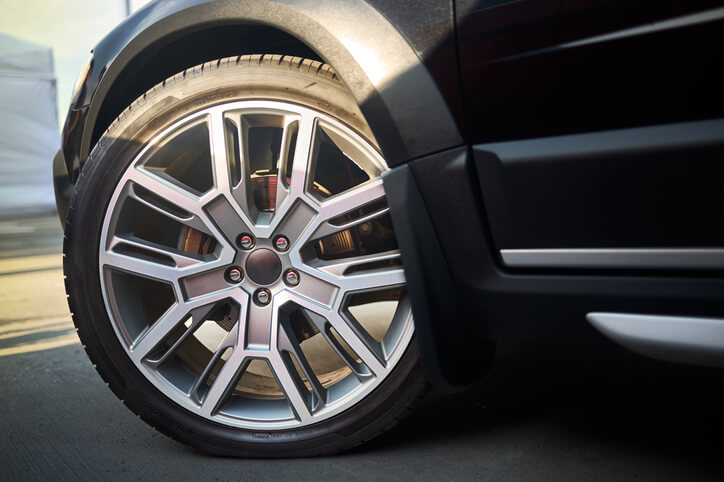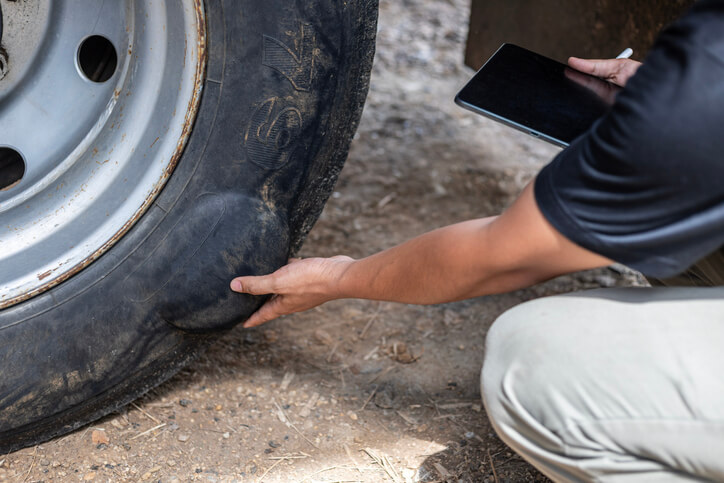Tire Technology 2025: What Aspiring Mechanics Need to Know
As vehicles evolve, so do the components that keep them safely on the road, especially tires. From run-flat innovations to EV-specific tire designs, the landscape of tire technology is changing rapidly. For students enrolled in auto mechanic training at Surrey campuses and aspiring technicians alike, understanding these changes is critical for staying relevant in the industry.
Whether you’re entering the trade through a professional automotive school or just getting started with tools and theory, this guide walks you through what’s new and why it matters.
1. Run-Flat Tires: No More Side-Of-The-Road Struggles
Run-flat tires are engineered to function for a limited distance even after a puncture. By reinforcing the sidewalls, they allow the vehicle to travel 80–100 kilometers at reduced speed, giving drivers time to find a safe place or service center.
Why it matters in auto mechanic training: These tires require specialized knowledge for installation and maintenance. For example, improper mounting can damage the reinforced structure, and not all vehicles are compatible with run-flats. As more manufacturers adopt this technology, understanding the repair limitations and pressure monitoring systems becomes essential.

2. Self-Sealing Tires: Puncture Protection From the Inside
Self-sealing tires are lined with a special compound that automatically plugs minor punctures, such as those caused by nails or screws. While this doesn’t make them immune to all tire failures, it’s a game-changer for minimizing downtime.
Relevance in a Surrey auto mechanic training setting: Technicians need to recognize self-sealing technology to perform accurate diagnostics and recommend the right solutions. Plus, handling tire replacement or patching in these cases differs from conventional methods.
3. EV-Specific Tire Designs: Quiet Strength Meets Efficiency
Electric vehicles are heavier and deliver torque instantly, which puts more strain on tires. As a result, EV tires are made with stronger sidewalls, different tread patterns for low rolling resistance, and special compounds for durability and quietness.
Students at any automotive school should expect these to become the norm, especially as Canada moves toward greener transportation solutions.
What students should watch for:
- Faster wear-and-tear than gas-powered counterparts
- Higher replacement costs
- Reduced compatibility with traditional rotation patterns
4. Smart Tire Sensors: Beyond the Basics of TPMS
While Tire Pressure Monitoring Systems (TPMS) have been around for years, 2025 introduces smarter sensors. Some advanced tires now track temperature, tread depth, and road conditions, then send real-time data to a mobile app or the car’s onboard diagnostics.
For students in auto mechanic training, this means understanding both mechanical and digital diagnostics, a growing demand in modern repair shops.

5. Sustainable and Recycled Materials
Environmental concerns are pushing manufacturers to reduce petroleum use and incorporate sustainable materials like dandelion rubber, soybean oil, or recycled plastic. Expect to see labels like “eco-friendly tread” become more common in service manuals and product lines.
Aspiring techs at a Surrey automotive school should prepare for customers who want sustainable tire options and understand how these materials impact performance and durability.
Future-Ready Tire Knowledge Starts at the Auto Mechanic Training
Mastering traditional tire service is still important, but tomorrow’s tech demands more. From EV torque to app-enabled diagnostics, tires are no longer “just rubber.” For students in auto mechanic training, especially in Surrey, the ability to recognize and service these innovations sets you apart in the job market.
Looking to gain hands-on experience and up-to-date tire service skills? Enrol in ATC Surrey automotive school and get the tools you need to thrive in a modern shop.


